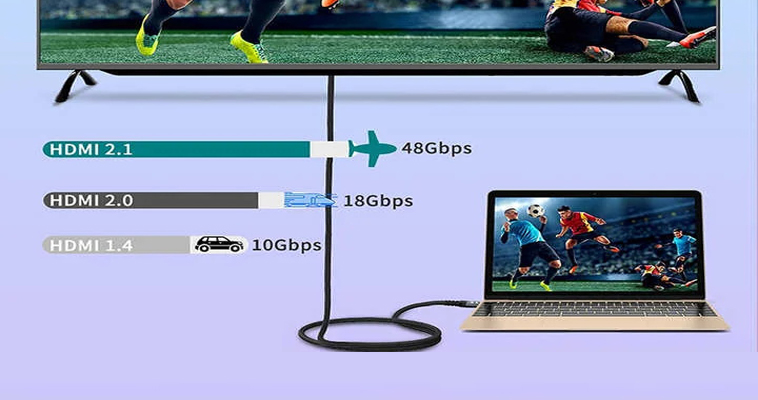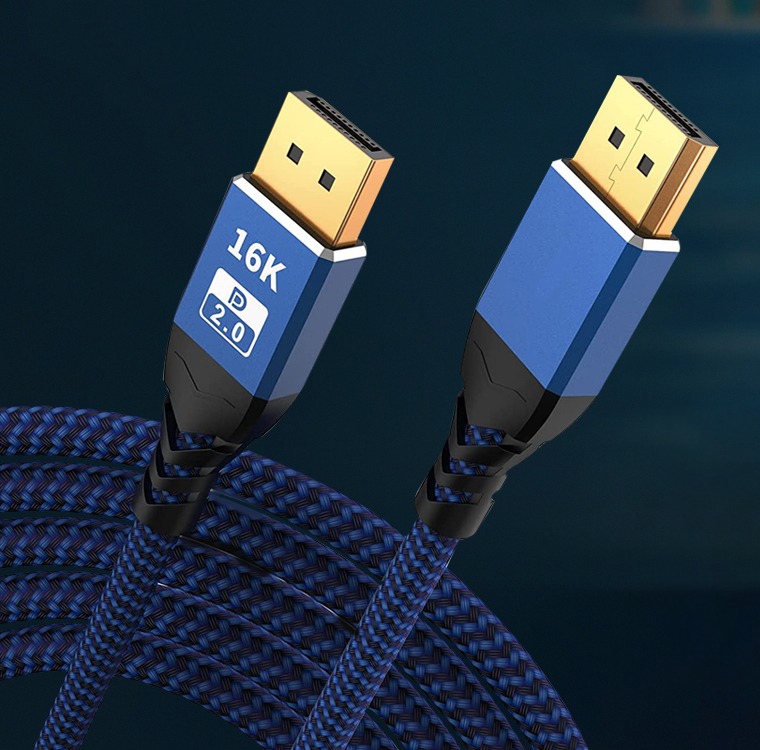What is the use of HDMI cable?
Introduction
High-Definition Multimedia Interface (HDMI) technology has revolutionized the way we connect and interact with digital devices. Introduced in 2003, HDMI has become the global standard for transmitting high-definition video and audio signals through a single cable.
Technical Specifications
Overview of HDMI Standards
HDMI standards have evolved over the years, with each new version introducing enhancements in bandwidth, resolution, and features. The most commonly used standards include HDMI 1.4, HDMI 2.0, and HDMI 2.1. HDMI 1.4 supports up to 1080p resolution and 3D video, while HDMI 2.0 increases the bandwidth to 18 Gbps, enabling 4K resolution at 60Hz. HDMI 2.1 further expands the capabilities with a bandwidth of 48 Gbps, supporting 8K resolution at 60Hz and 4K at 120Hz, along with features like Dynamic HDR and Enhanced Audio Return Channel (eARC) .
Signal Transmission Mechanisms
HDMI cables utilize advanced signal transmission mechanisms to ensure high-quality video and audio output. The technology employs Transition Minimized Differential Signaling (TMDS) to reduce electromagnetic interference and signal degradation. This allows for the efficient transmission of high-bandwidth signals over relatively long distances.
Cable Construction and Materials
High-quality HDMI cables are constructed using materials that minimize signal degradation and electromagnetic interference. Shielding, gold-plated connectors, and high-purity copper conductors are common features that enhance performance and durability. The cable length also plays a critical role in maintaining signal integrity, with longer cables requiring more robust construction to prevent signal loss .
Primary Uses of HDMI Cables
Video and Audio Transmission
The primary use of HDMI cables is to transmit high-definition video and audio signals between devices. This includes connecting televisions, monitors, projectors, and home theater systems to various sources such as Blu-ray players, gaming consoles, computers, and streaming devices. HDMI cables ensure that both video and audio signals are transmitted simultaneously, providing a seamless viewing and listening experience.
Connecting Consumer Electronics
HDMI cables are widely use in consumer electronics to connect a variety of devices. This includes connecting a laptop to an external monitor, a gaming console to a television, or a streaming device to a home theater system. The versatility and ease of use of HDMI cables make them an essential component in modern home entertainment setups.
Professional and Industrial Applications
In addition to consumer electronics, HDMI cables used in professional and industrial settings. This includes applications in digital signage, video conferencing, control rooms, and medical imaging. HDMI cables provide reliable and high-quality connections, ensuring seamless operation and clear communication in these environments.
Advantages of HDMI Cables
High-Definition Video and Audio Quality
One of the key advantages of HDMI cables is their ability to transmit high-definition video and audio signals. This ensures that users can enjoy clear and crisp video and audio output, whether they are watching a movie, playing a game, or conducting a video conference.
Single-Cable Solution for Multiple Signals
HDMI cables simplify connectivity by providing a single-cable solution for transmitting both video and audio signals. This reduces cable clutter and makes it easier to set up and manage connections between devices .
Compatibility and Ease of Use
HDMI cables are designed to be compatible with a wide range of devices and standards. This ensures that users can easily connect different devices without worrying about compatibility issues. The plug-and-play nature of HDMI cables also makes them easy to use, with no additional software or drivers required.
Applications in Different Sectors
Consumer Electronics and Home Entertainment
In the consumer electronics and home entertainment sector, HDMI cables are used to connect televisions, monitors, projectors, and home theater systems to various sources such as Blu-ray players, gaming consoles, computers, and streaming devices. This allows users to enjoy high-definition content with enhanced features such as HDR and surround sound.
Gaming and Virtual Reality
HDMI cables play a crucial role in the gaming and virtual reality industry, providing high-speed connections between gaming consoles, VR headsets, and displays. This ensures that gamers can enjoy immersive experiences with minimal latency and high-quality graphics.
Professional Video Production and Broadcasting
In professional video production and broadcasting, HDMI cables are used to connect cameras, monitors, and other equipment. This ensures that high-definition video signals are transmitted with minimal latency and interference, providing clear and accurate video output.
Industrial and Medical Applications
HDMI cables used in industrial and medical applications, such as digital signage, video conferencing, control rooms, and medical imaging. These environments require reliable and high-quality connections to ensure seamless operation and clear communication.
Future Trends and Developments
Advancements in HDMI Technology
The future of HDMI technology is likely to see further advancements in bandwidth capabilities, signal processing, and material science. Innovations such as fiber optic cables and wireless solutions may also play a role in enhancing the performance and versatility of HDMI connections.
Emerging Applications and Innovations
Emerging applications and innovations in HDMI technology include support for higher resolutions, such as 10K and beyond, as well as features like Dynamic HDR and Enhanced Audio Return Channel (eARC). These advancements will ensure that HDMI cables remain a vital component in the world of digital connectivity.
Conclusion
HDMI cables play a crucial role in modern digital connectivity, offering high-definition video and audio quality, a single-cable solution for multiple signals, and compatibility with a wide range of devices. The various uses and applications of HDMI cables in consumer electronics, gaming, professional video production, and industrial settings highlight their importance in today’s digital world. As technology continues to evolve, further advancements in HDMI standards and innovations will ensure that HDMI cables remain an essential component in the future of digital connectivity.







